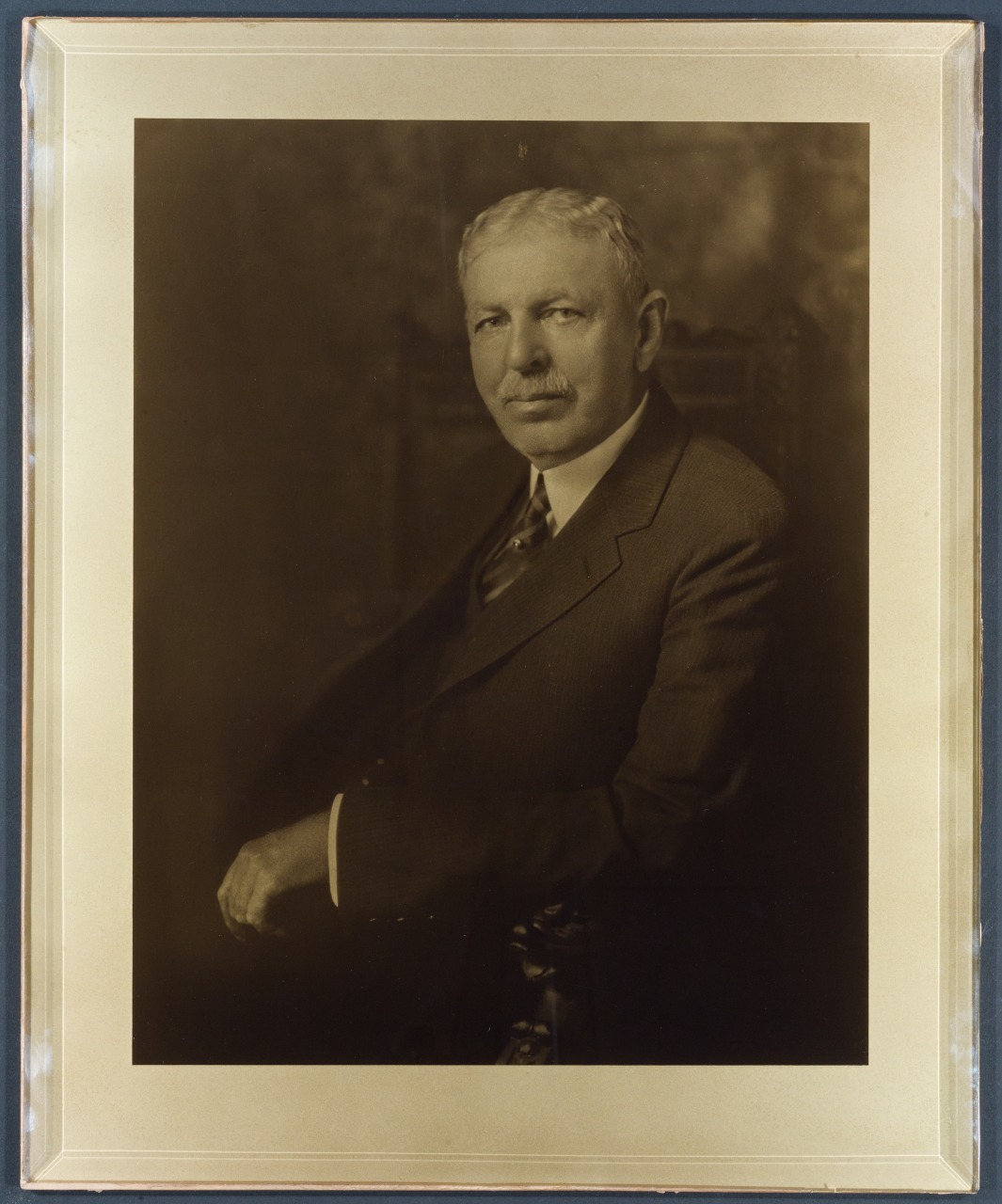The orotone process, though it did not enjoy widespread use, came into practice around 1880 and consists of a gelatin positive on a clear glass plate. The name derives from the gold color of the photograph, applied to the back of the processed plate. The gold tone was achieved through various methods, commonly particular to each practitioner. One of the most stable gold-tone applications was developed by Edward S. Curtis in 1916. After producing a glass positive, he coated the reverse in a mixture of gold and bronze metallic powders in a banana-oil binder.

Frank B. Williams
orotone; ca. 1910
by an unknown photographer
The Historic New Orleans Collection, gift of Williams, Inc., 1981.16
